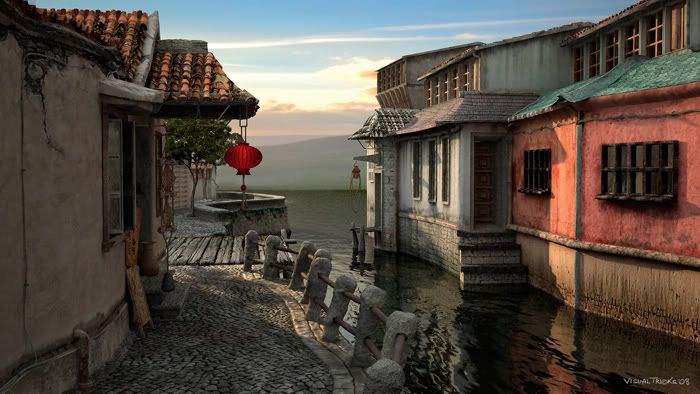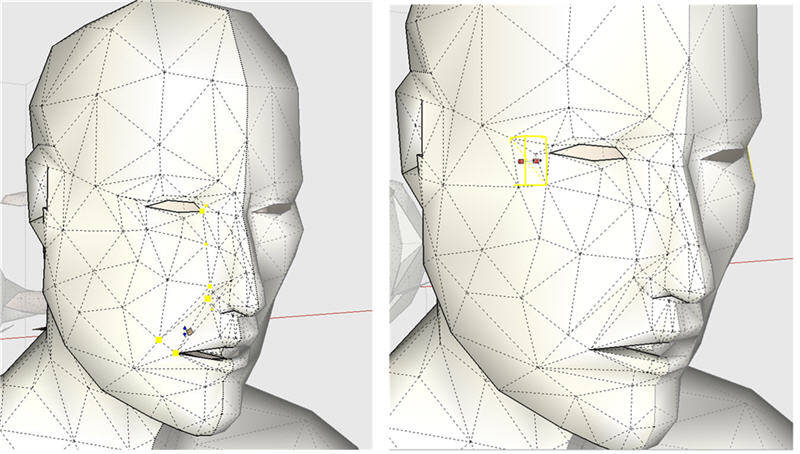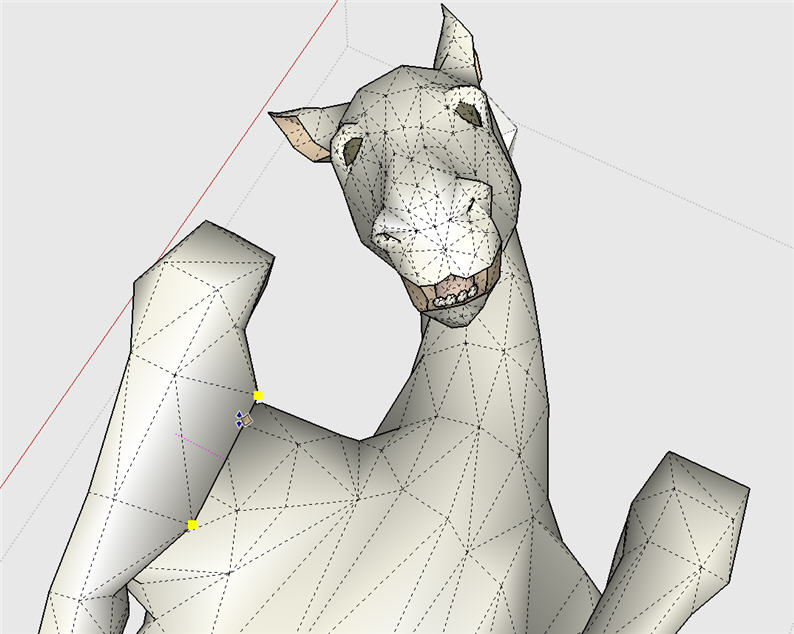Displacement BRUSH
-
You can do this to some extent with the Smoove tool and pressing Shift.
That pushes the geometry along the Normal instead of the Z axis. -
Majid....
I think I almost simultaneously opened a similar request thread in this section.
We seem to share the same wishes
The only thing I would add to that is to have not only the default 'circle' as selection for the smoove, but also a square , a line,a point or other arbitrary forms. -
By the way, the 'shift' method doesn't work that well, especially not on vertical surfaces...
The displacement tool, or the 'enhanced smoove tool' so to speak, could be very useful to be able to model more realistic architecture, creating more depth and not so rectangular walls, just like in reality.
As an example, a scene made in C4D (credits to 'Visualtricks' from VrayforC4D forum):

The irregularity of this modeled mesh makes that scene very rich...
I can imagine modeling those pavements by using a smoove tool with a rectangular selection, adding some irrecgularity to walls etc.. -
i know name for this - heightfield/normalmap/bumpmap baking(HNB) tool


kwisten, displ-t is very memory-hungry option in realtime(not for rendering in shader's system/so c4d has mograph's displ.deformer)
-
seeing recent ruby makes me to hope we will soon see such a BRUSH ruby...or maybe enhanced "smoove tool" . by now i use wings 3d so soft some parts of my model and recently i discovered the silo ... by the way i will wait for my beloved Sketchup (and maybe a new tool in Kerkythea)..

-
Watching Whaats second S+D tutorial again, I think his "extrude" tool can have a similar result as what we described earlier.
-
You can use use Smoove+Shift if the radius is small enough without the backside geometry being effected. I already made a request to be able to select and work with only visible geometry (and someone apparently did make a SU tool to work with visible front geometry - so cross your fingers their client was Google). More such feature requests wouldn't hurt. It is something that can realistically be added to SU7.
But even then - or until then - SU is a low-poly modeler. Every edge should be there for a reason. So individual or groups of edges/faces can be Scaled. That offers more control than any smooving operation anyway.
-
I used Smoove on the posted base figure. I kept setting the Smoove radius decreasingly smaller until the tool did not shoot through to the backside. It may have helped that I don't use oodles of edges. To use Smoove, I make sure no geometry is selected before positioning the Smoove tool over geometry to smoosh around.
But too because I try to minimize geometry, Scale tends to be more direct and useful. This is where orbiting around the model with the Space Pilot along working the tools with the Logitech MX Revolution mouse speeds up sculpting. Many tool shortcut are within fingertip reach with both navigation devices. With low-poly stuff, Add Detail and Flip Edges are two shortcuts that get a workout.
A programming savy person wrote a forum comment somewhere that they developed something to select only topmost geometry in SU for a client several months ago. I guess not many people noticed. I only mention in passing that it would be nice if the client were Google.

-
maybe i m stupid but if u remove the backside temporally that won t be affected isn t it??
for small project of course! like a head or something else
-
It finally dawned on me that the Smoove tool is a spherical gradient. The center of the top geometry being smooved is the center of the sphere. So if the radius is set less than the narrowest part of the model being smooved, it will not reach the backside.
-
Gata, i havent found that. I just did some quick tests and as far as i can tell the controlling factor in wether or not the smoove tool affects multiple layers of geometry is if that geometry is connected.
In this first pic, i had a few interconnected TINs and then used a smoove radius 3000mm:

Then i reduced the smoove radius to 1mm:

And finally i disconnected the geometry by cutting out the middle:

-
Smoove and Smoove+Shift work on one surface of all my figurative models. My radius often only tugs on a few bits of geometry. The geometry is more randomly arranged than grids or meshes. I form my shapes as one would work in oil clay, extruding and adjusting each level as it grows. So the opposite side is not a mirror image mesh. Random edge placement seems to be important. A better test would be on a more organic component in your library.
The opposite side of the leg was not affected in any way. I've used this tool like this a few months after the sandbox tool set came out. But Scale is much more versatile.

-
Indeed your right gata, on more organic meshesthe smoove tool does seem to not affect the other side of the mesh if you use a small radius.
Now to try and figure out why...
-
it would be very nice if such BRUSH is a bit smart to subdivide the surface automatically when it moves over it and is displacing it... by now i must subdivide it by myself...
Advertisement







